Complete Rug Material Guide
Choosing a rug can be a very challenging and daunting task! We've created this complete guide to let you in on the to-do's with different materials! Stay tuned until the end to see the team's favourite rugs of 2023!
Wool
Why not start out with our absolute favourite material, wool! This fibre is a terrific option for so many different reasons;
Pros
- The rugs are hand-woven & made from natural wool.
- Very environmentally friendly and comes from a plentiful renewable resource.
- They are created using an animal-friendly process.
- Shearing sheep is required for the sheep to live long, healthy and happy lives.
- Wool is one of the most durable fibres in nature.
- It can withstand heavy foot traffic and heavy furniture.
- The natural elasticity and shape of the fibre make it bounce back easily.
- It is a flame-retardant material and it will keep fires from spreading, thus making it a perfect fit for rooms with fireplaces or if you like to burn candles.
- Wool has natural oils that repel dirt and other oils.
- With proper care and maintenance your wool carpet could last a lifetime, they have been known to be passed down through families.
- It is an extremely soft and comfortable material.
- Wool provides great sound absorption, masks the sounds of footprints and can make large rooms sound quieter.
- It is naturally hypoallergenic material, making it great for people with allergies.
Cons
- The biggest con of a wool rug is the cost, they are a large investment piece, but in our opinion - totally worth it.
- Wool fibres will shed. However, it will reduce over time.
- It has been known that moths love wool, so take precautions to avoid them getting to your wool rugs.
- Wool can be stained by acidic base liquids.
Care & Maintenance
Wool is very easy to clean and doesn't require a huge amount of maintenance. Here are a few of our tips and recommendations below for your reference!
- Low-impact vacuuming every 1-3 weeks. Regular vacuuming will help reduce the amount of shedding fibres faster.
- We recommend getting them professionally cleaned every 1-3 years, depending on the amount of foot traffic they receive.
- Address stains/spills in a timely manner. We recommend using a mix of a small amount of dish soap and water to spot clean. Always test your dish soap on a small area of the rug to ensure that it doesn't make the dye bleed.
- Never use bleach, chlorine, or Clorox on your rug as it will permanently damage the fibres.
- We always suggest rotating your area rugs so that they get even sun exposure.

Terra Rug Cream | Nowa Rug | Avant Rug | Wren Rug | Acton Rug
Jute/Sisal
Before we dive into the pros and cons of jute and sisal, we would like to illustrate the difference between the two fibres! The main difference is the texture and durability. Sisal is a stiff fibre that feels very coarse underfoot and is an ideal choice for entrances and hallway runners. Jute feels softer underfoot making it ideal for main living spaces in your home!
Pros
- Both jute and sisal are cellulose fibres extracted from plants, therefore they are environmentally friendly and all-natural materials.
- These fibres are pet friendly and withstand scratches.
- They are also relatively cleanable.
- The natural/tonal aesthetic of the material blends very nicely with many design styles and types of decor.
Cons
- The natural qualities of these fibres make them very absorbent, therefore it should never be placed in areas with excessive water, such as bathrooms.
- These rugs will shed fibres.
- If too much liquid is absorbed into the rug it may start to mould and the fibres may separate.
Care & Maintenance
Like wool, jute and sisal do not require intense maintenance and cleaning. Below we have listed our tips and recommendations to keep your jute rug looking fresh!
- Regular vacuuming will remove any excess dust and dirt. Avoid vacuuming the binding or stitching of the rug, it will prolong the life of the rug. This will also help reduce the amount of shedding fibres faster.
- Blot any spills rather than rubbing.
- Do not steam clean these rugs as it will cause mould and mildew.
- Do not use chemical rug cleaners or spot cleaners as they may stain or discolour the natural colour of the rug.
- We always suggest rotating your area rugs so that they get even sun exposure.

Nicoya Rug | Abacos Rug | Sapa Jute Rug | Ember Rug
Polyester/Polypropylene
Moving onto our synthetic fibres, like jute and sisal, polyester and polypropylene have very similar characteristics! The main difference between these two fibres is the dye method. Polyester is dyed as yarn whereas polypropylene is dyed in a liquid state before it is turned into yarn! Both of these materials are great options if you are looking for a cost-effective durable rug for your home! Before jumping into the pros and cons, we've outlined all the differences between each fibre!
Differences
- Polypropylene is more water resistant than polyester. Polyester can still wick away moisture, but, it absorbs more than polypropylene.
- While both are faster drying than natural materials, polypropylene dries quicker than polyester.
- Polyester is more resistant to UV ray damage than polypropylene.
- Polypropylene fibres hold heat better than polyester, thus making it slightly better for cold environments.
Pros
- Both fibres are resistant to chemicals.
- They are very durable and stain resistant.
- A very cost-effective option as the production costs and the material itself is cheaper than natural fibres.
- Stretch and shrink-resistant.
- Mildew resistant.
- They are a very pet-friendly option because of their durability.
- There is little to no shedding from these rugs.
- Additionally polyester and polypropylene can be blended with other natural fibres, such as wool, to create a perfect blend between the two fibres.
- They hold their colour very well.
Cons
- They may come with a slight chemical smell that will fade with time.
- These fibres are flammable, and, unlike wool, they will melt if exposed to high heat.
- The pile on the rug will flatten over time, it doesn't bounce back like other natural fibres.
- You will need to clean these rugs more frequently due to the nature of the fibre.
- Purchasing a polyester or polypropylene rug doesn't have a huge investment value such as the aforementioned materials.
Care & Maintenance
Polyester and polypropylene rugs are a terrific choice for families with young kids or pets because of their durability and clean-ability, however, as stated in the cons section, you will need to clean them more frequently than rugs made from natural fibres. Synthetic fibres are not constructed to hide dirt and grit as well as natural fibres such as wool, therefore the rug will look dirtier faster than wool carpets. All of our tips for keeping your synthetic rugs looking clean are listed below for you.
- We recommend regular vacuuming every 1-2 weeks (more if you have pets or young kids). This will prolong the lifespan of the carpet and keep it looking fresh.
- The synthetic fibres are generally stain resistant unless the stain is oil or acid-based.
- Mix a small amount of dish soap and water together to spot-clean the stains.
- Clean these stains as quickly as possible to prevent permanent damage to the rug.

Darla Machine Washable Rug, Charcoal | Reagan Outdoor Rug | Pheobe Rug | Darla Machine Washable Rug, Brown
Viscose
Viscose is a stunning semi-synthetic material, derived from wood pulp, that is known for having silk-like characteristics and qualities. We absolutely love using viscose rugs in bedroom spaces, the feel of the material underfoot is like no other! Before you purchase your viscose rug, it is definitely important to be informed of all the pros and cons!
Pros
- Viscose is known for its silk-like velvety feel, therefore it is extremely soft to the touch and very comfortable underfoot.
- It is also cool to the touch as it doesn't insulate heat, which makes it the perfect material for those hot summer days.
- Viscose is popular because you can get the look and feel of silk for a fraction of the price of real silk rugs.
- It comes in a wide variety of price ranges to suit any budget.
- This fibre is also easily engineered, making it available in a wide range of colours, patterns, shapes and sizes.
Cons
- Unfortunately even though it is made from a natural source, the fibres are bonded together using chemicals making it a semi-synthetic fibre.
- If you are looking for an all-natural area rug, it would be better to stick to wool or silk.
- It is not recommended to use viscose in high-traffic areas as the fibres are susceptible to damage.
- The fibres will slightly shed.
- We don't recommend using this fabric for homes with small children or pets as it is difficult to clean.
- Viscose isn't resilient to spills, once the fibres are damaged from a stain there is no way to repair them.
Care & Maintenance
As mentioned above, viscose is a very delicate material, therefore it needs extra care and maintenance to keep it looking new and clean;
- Our number one recommendation for viscose rugs is to keep them out of high-traffic areas and in a dry environment. This will protect the fibres from damage and prolong the life of the rug.
- Use care when vacuuming, we recommend using a carpet sweeper as opposed to a suction vacuum.
- Always sweep going in the same direction as the fibres.
- If you need to use a regular vacuum, turn off the beater bar and use a low-suction setting.
- Use a mild soap to clean spills, always test the soap on a small area of the rug to ensure it doesn't cause the dye to bleed.
- Do not use detergents to clean stains and spills as they will alter the colour of the rug.

Terra Rug Cream | Theodosia Rug | Everly Rug | Lauren Rug
P.E.T
P.E.T. yarn is a great material for so many reasons! It is a type of polyester called Polythene Terephthalate, and it is made from recycled plastic bottles! The creation process makes this fibre 100% sustainable;
Step 1
They start by cleaning the recycled water bottles, sorting them and then shredding them into small flakes.
Step 2
After that, the flakes are melted into pellets and the pellets get heated into yarn fibres.
Step 3
Next, the yarn is processed, dyed and spool prepped for weaving.
Step 4
Finally, all the yarn is woven into one of our many performance rugs!
Pros
- P.E.T. is a very durable and cleanable performance material.
- This fibre can be soft to the touch for indoor use or woven into a more plastic-like material for outdoor rugs!
- It is a very cost-effective option.
- P.E.T. is environmentally friendly as it is 100% sustainable and made from recycled water bottles.
Cons
- It is a man-made material, therefore is not a natural rug.
- This fibre will have a shorter lifespan than a natural fibre, such as wool.
Care & Maintenance
The care and maintenance of P.E.T rugs is generally the same as the care for polyester and polypropylene fibres! The durability and performance nature of this fibre makes it a very easy rug to maintain.
- We recommend regular vacuuming every 1-2 weeks (more if you have pets or young kids).
- This will prolong the lifespan of the carpet and keep it looking fresh.
- The synthetic fibres are generally stain resistant unless the stain is oil or acid-based.
- Mix a small amount of dish soap and water together to spot-clean the stains.
- Clean these stains as quickly as possible to prevent permanent damage to the rug.

Capri Rug | Willow Rug | Catalina Rug | Niagara Rug
Rug Pads
We always recommend buying an underpad for your rug! To start, it can make your rug feel softer and more cushiony underfoot! Read below for all the tips, tricks and details about rug pads.
- Using a rug pad will expand the life of your rug. It prevents wear and tear while also allowing for air to circulate between the rug and the floor.
- It will also help prevent accidents in the home by holding the rug in place and limiting movement and slippage.
- Rug pads will add extra comfort by adding additional cushioning and support.
- They protect all floor types.
- We carry a dual-purpose felt pad that can be used on both hard surfaces and carpets.
- Always be sure to follow your flooring manufacturer's recommendations when selecting a rug pad.
- When sizing your rug pad, always make sure that it is 1" shorter than the area rug from all sides.
- The rug pads can be trimmed using a sturdy pair of scissors.
Rug pads are available to purchase directly from our store! To help ensure that you are purchasing the correct underpad for your home, we have outlined the different options for you! 
The Secure Grip Rug Pad is made from 100% PVC. It has a tight-ventilated grid system that is easy to trim! This rug pad is perfect for facilitating air flow & protection between the floor and the rug. It also provides a non-slip grip to ensure safety and ease when vacuuming!

The Luxury Grip Rug Pad, made from 100% PVC, is a thicker more luxurious weave. This rug pad provides excellent cushioning underfoot as well as protection for the floor! It has a solid structure and also provides the proper airflow needed between the rug and the floor.

The Standard Felted Rug Pad is made from 100% Felt, recycled from virgin waste material! This product has a non-slip rubber backing that provides good cushioning, support and insulation! This rug pad has a lower profile and is perfect for area rugs that do not require too much additional cushioning. Our favourite feature of the felt rug pads is their dual purpose! The rubber backing is used on hard surfaces or you can turn it around and use the felt side on carpet flooring!

The Premium Felted Rug Pad is our highest-quality underpad! It is made from 100% recycled virgin waste felt making it an environmentally friendly option! This rug pad offers maximum support and cushioning underfoot. The textured rubber backing allows for dual use similar to the Standard Felted Rug Pad!
Our Favourite Rugs of 2023
Nicole's Pick
Name: Terra Rug - Cream
Material: 30% Viscose, 70% Wool

Janelle's Pick
Name: Avant Rug
Material: 100% NZ Wool

Brad's Pick
Name: Salavan Rug
Material: 30% NZ Wool, 70% Viscose

Alyssa's Pick
Name: Silas Rug
Material: 100% Wool



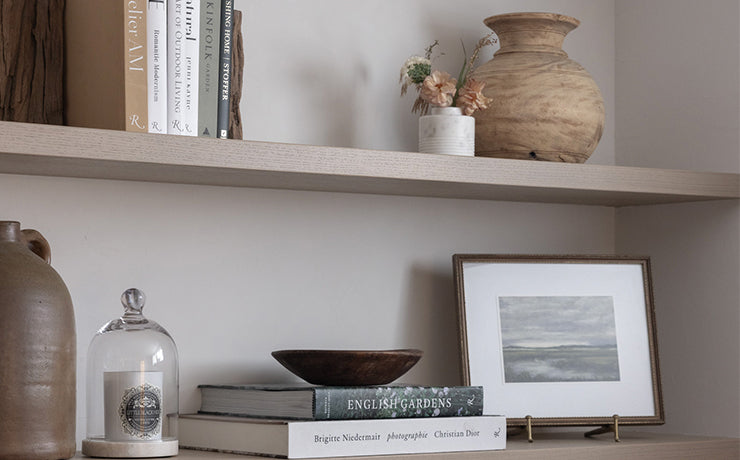
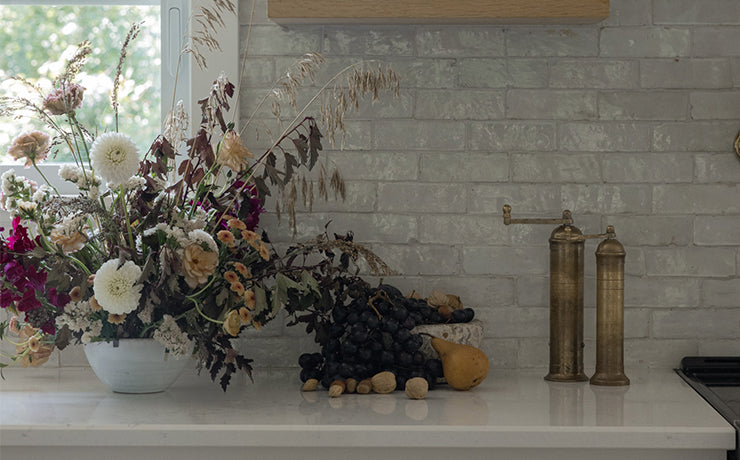
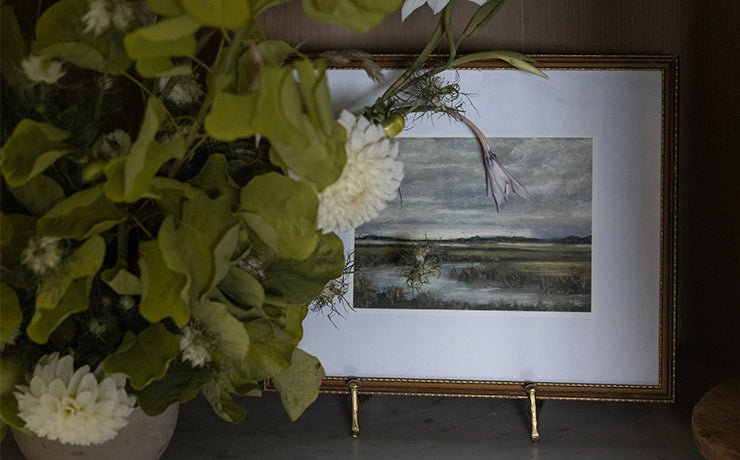
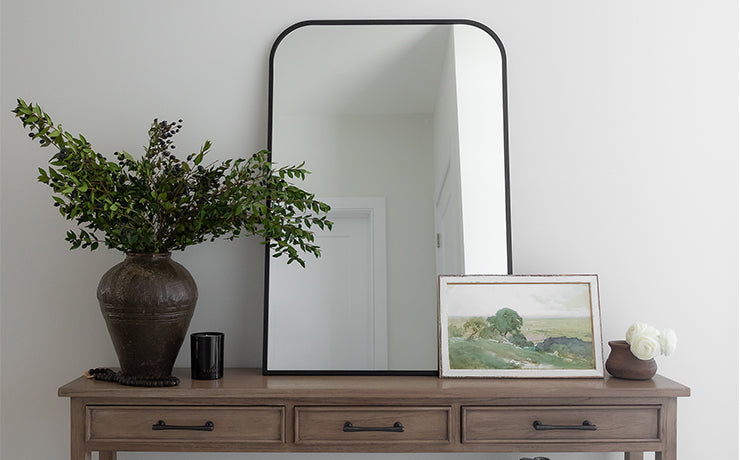
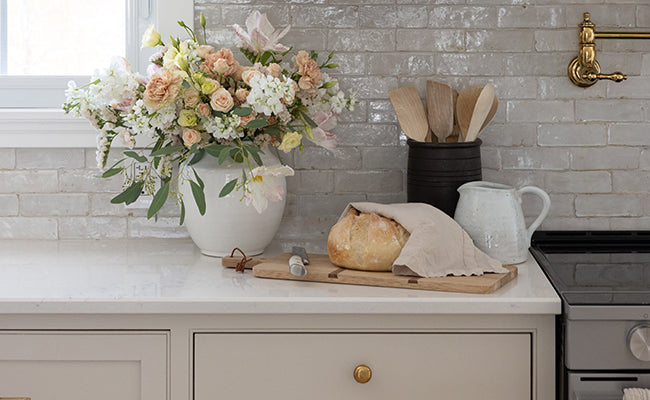
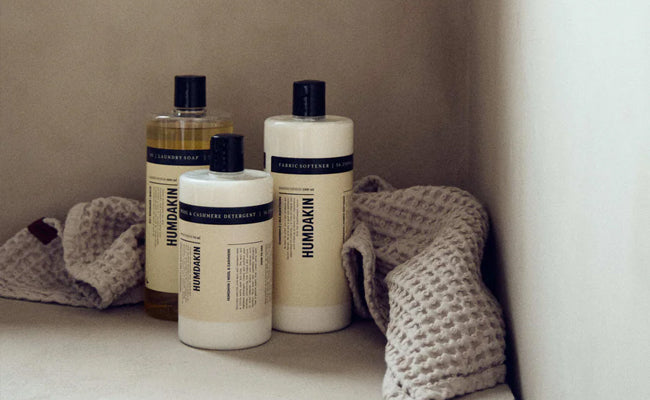

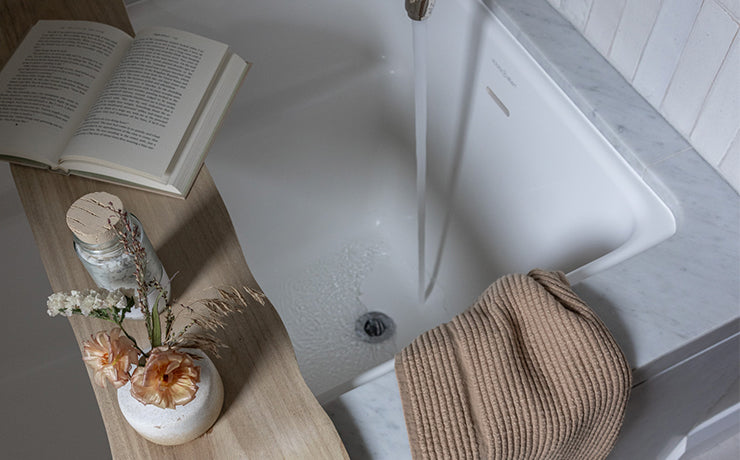
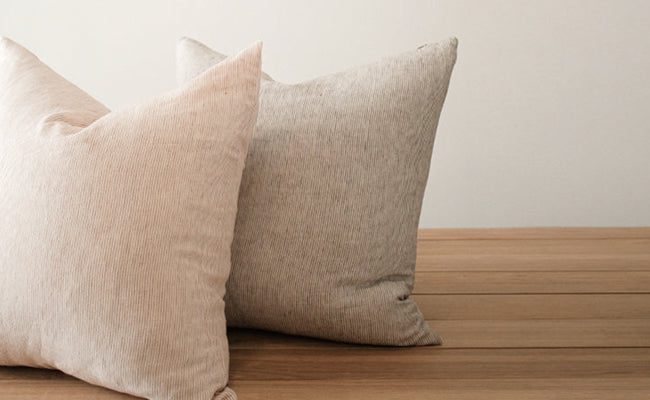
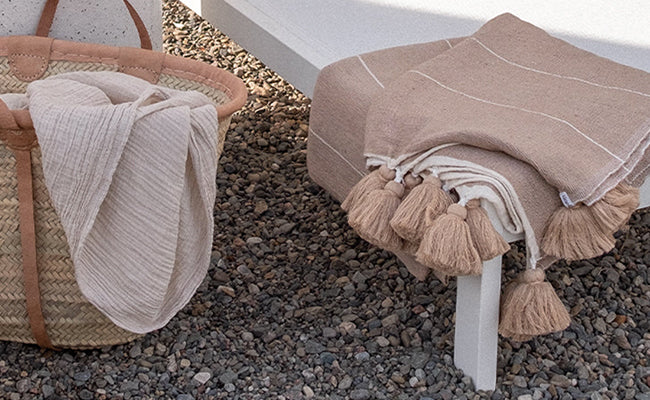
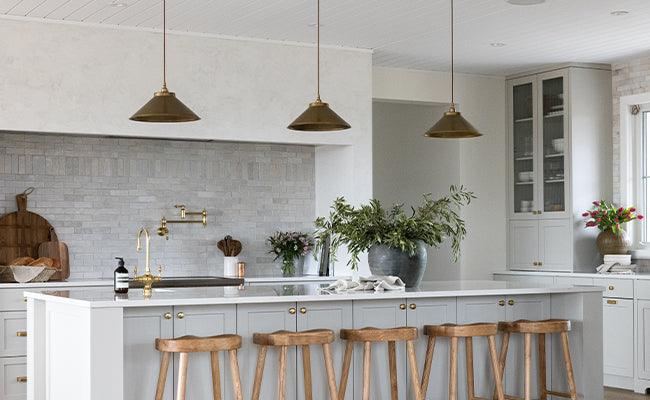
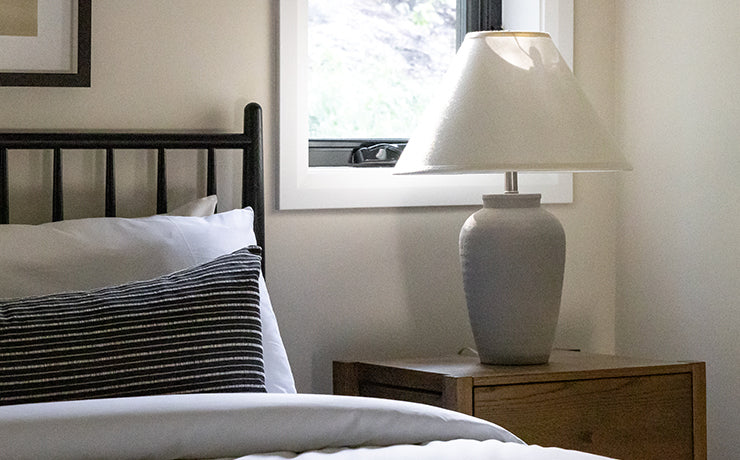
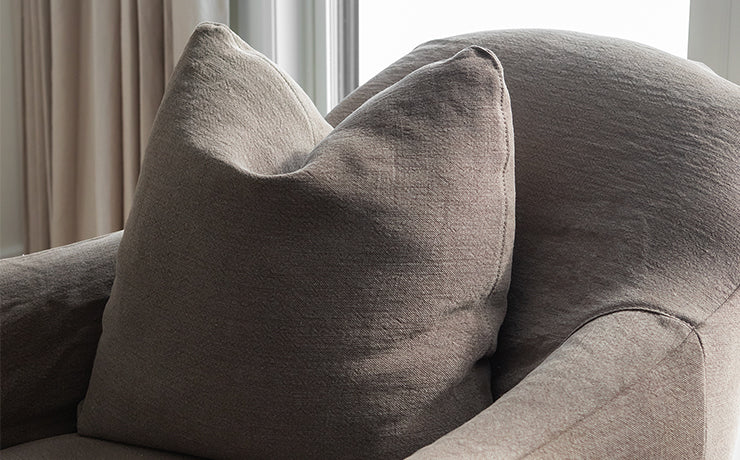
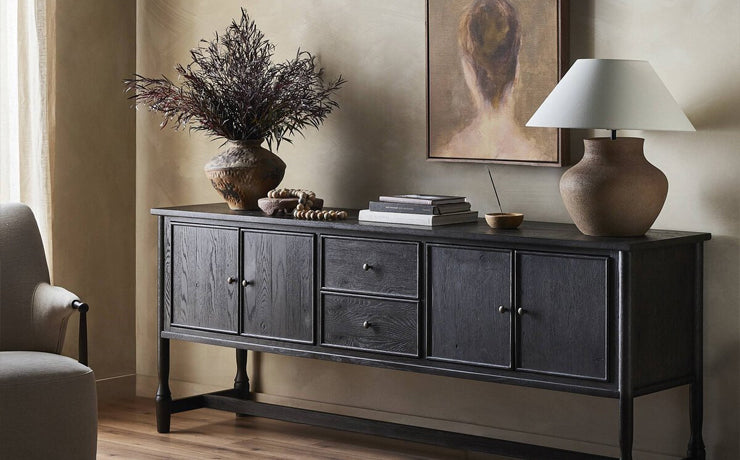
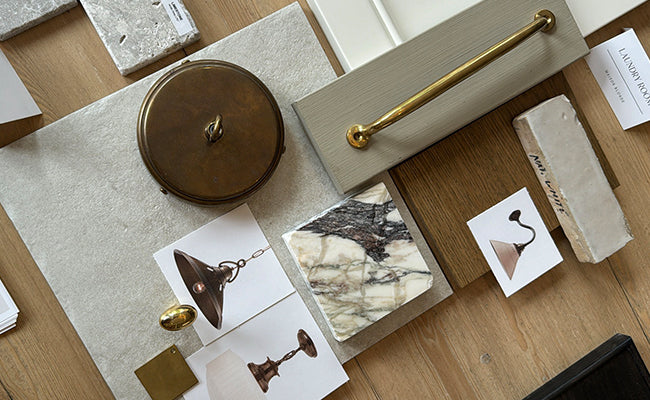
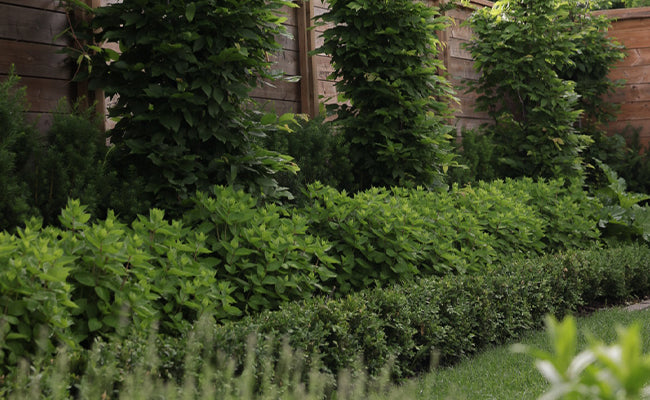
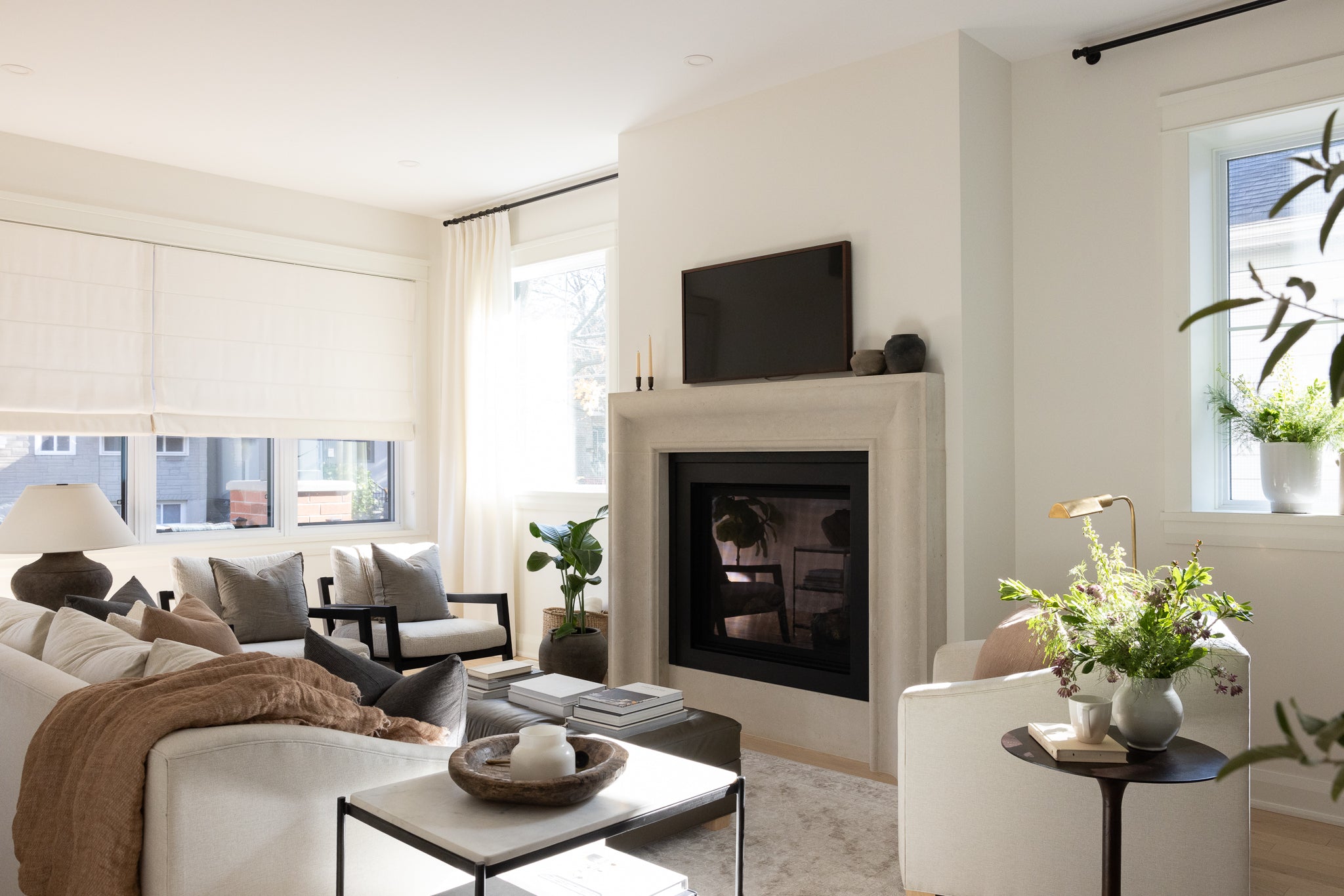

Leave a comment
This site is protected by hCaptcha and the hCaptcha Privacy Policy and Terms of Service apply.